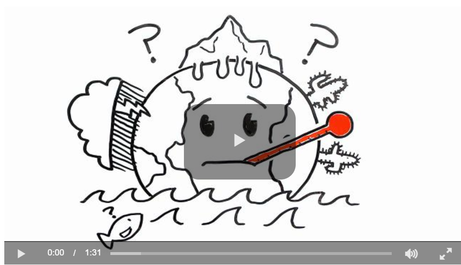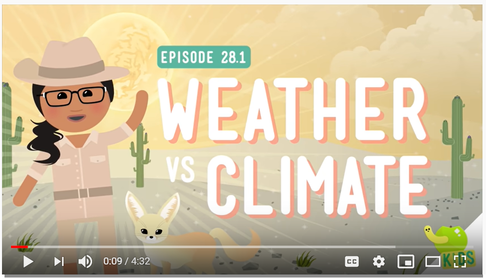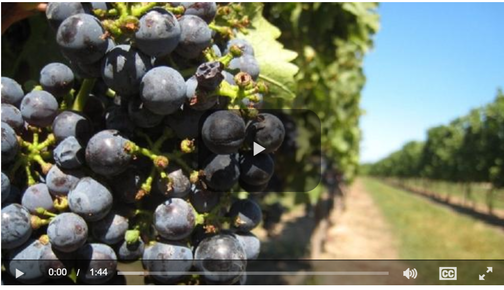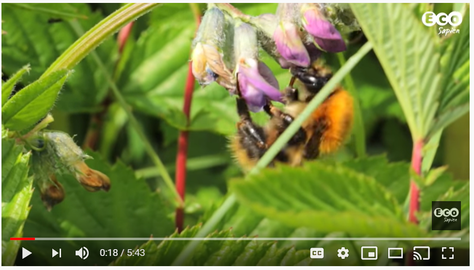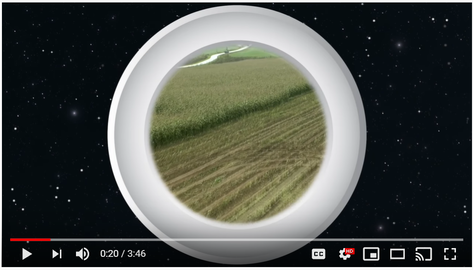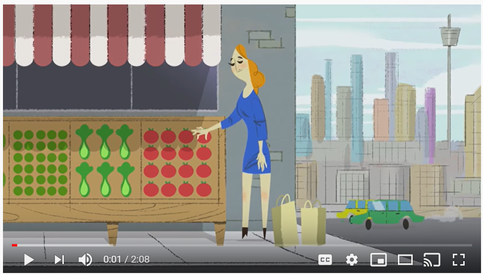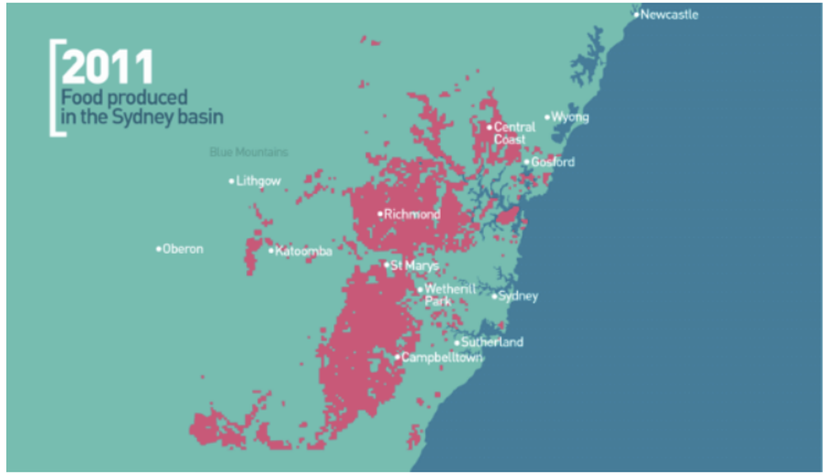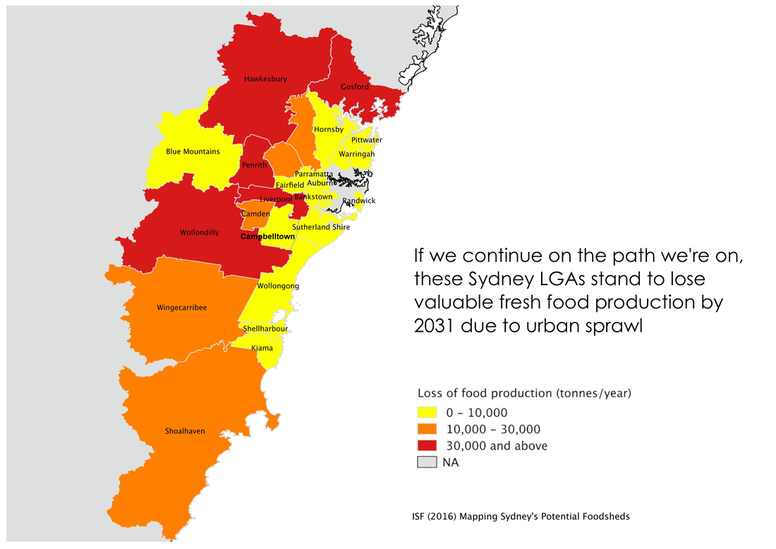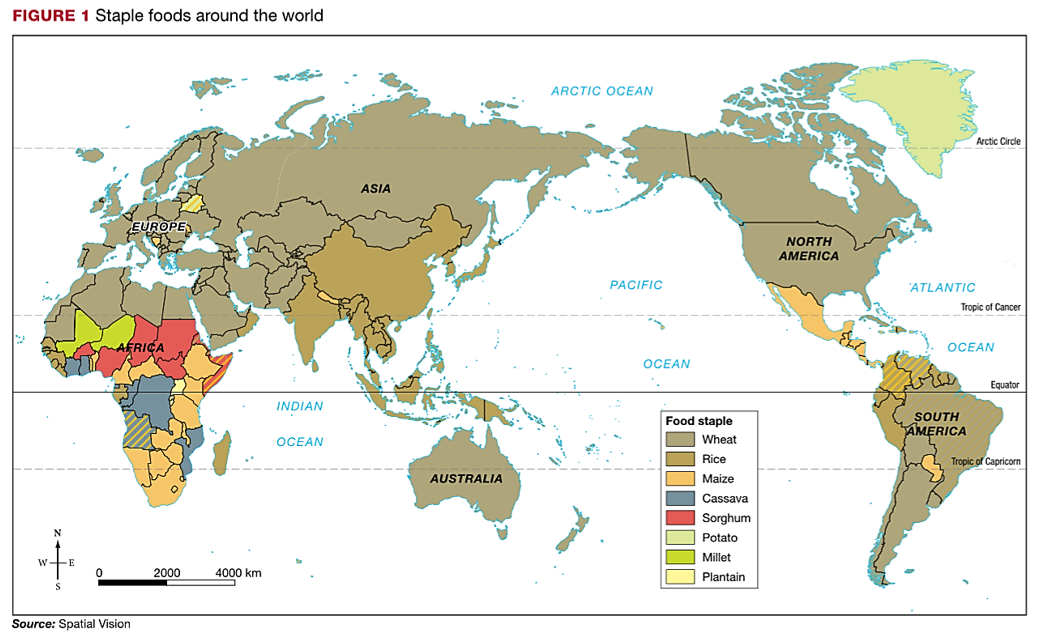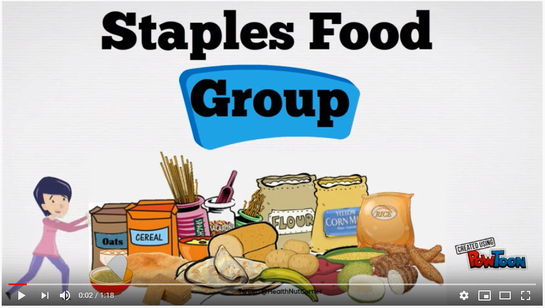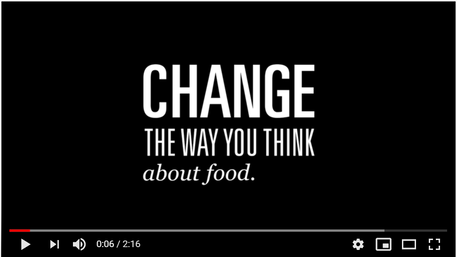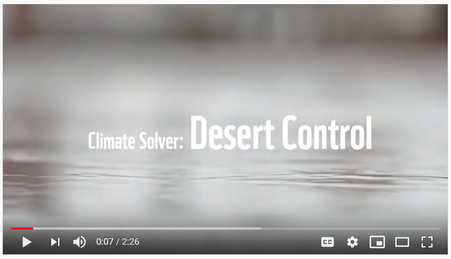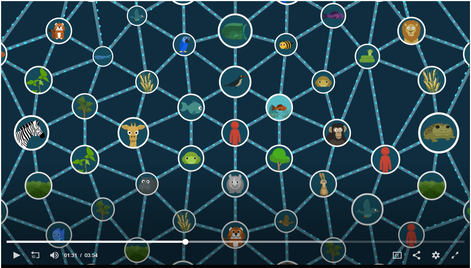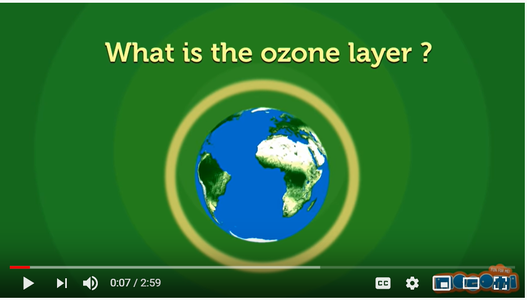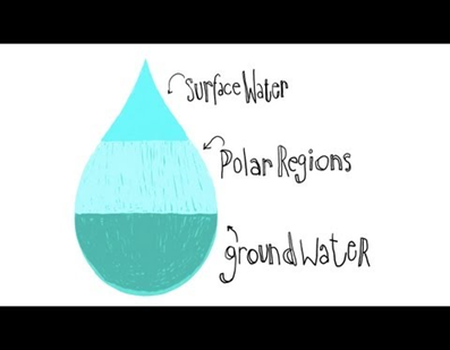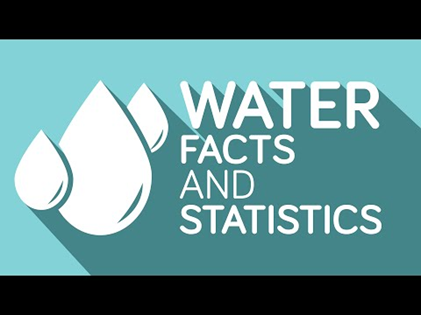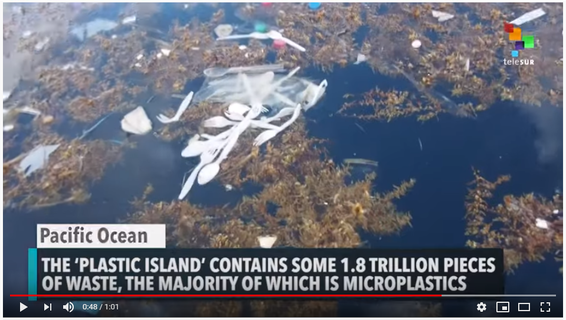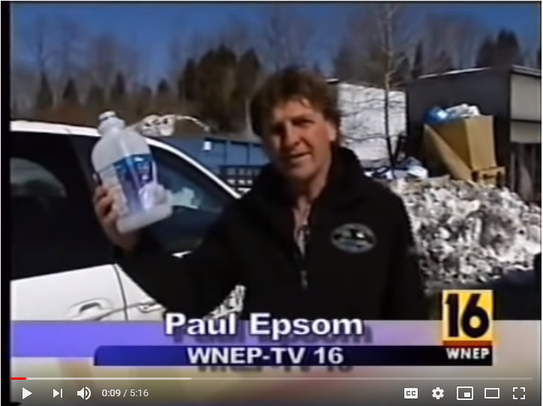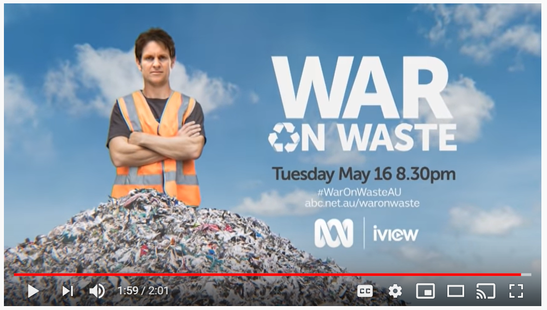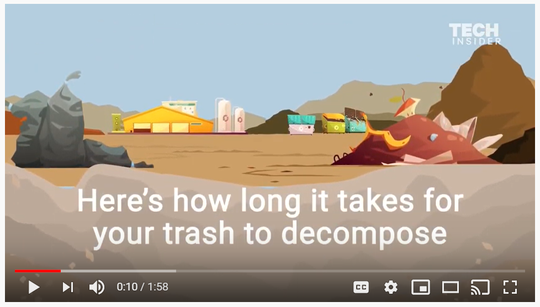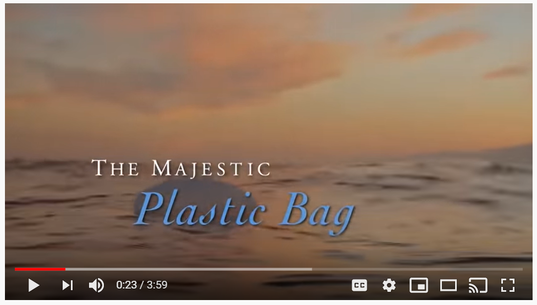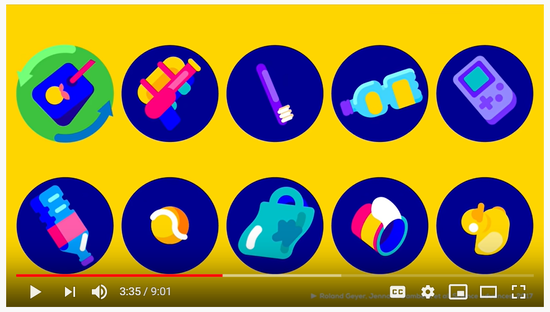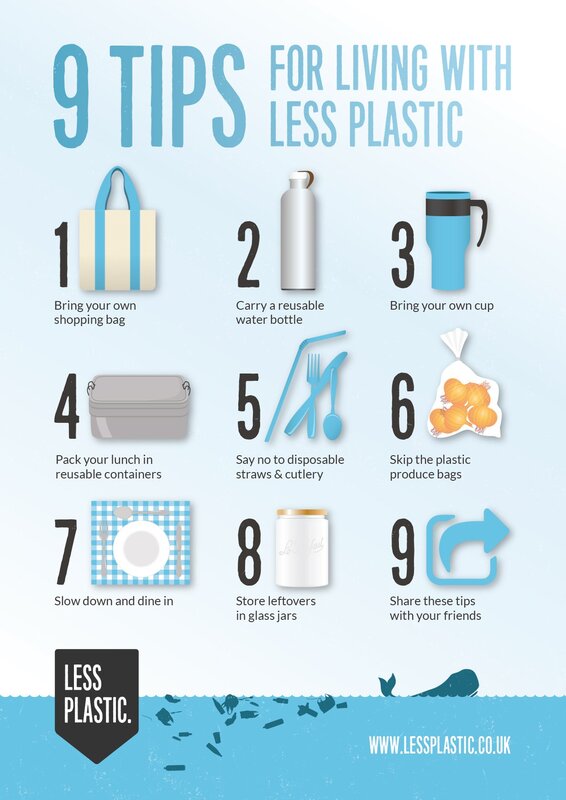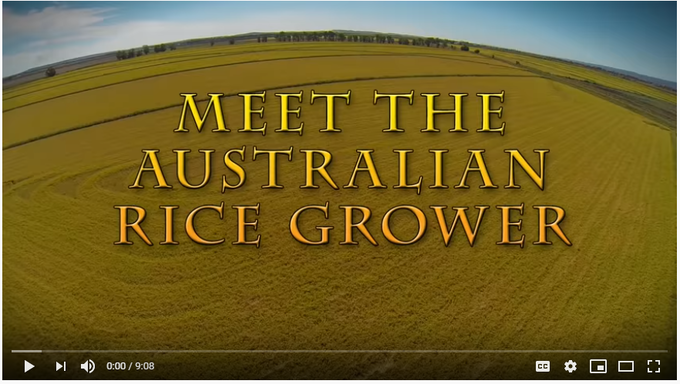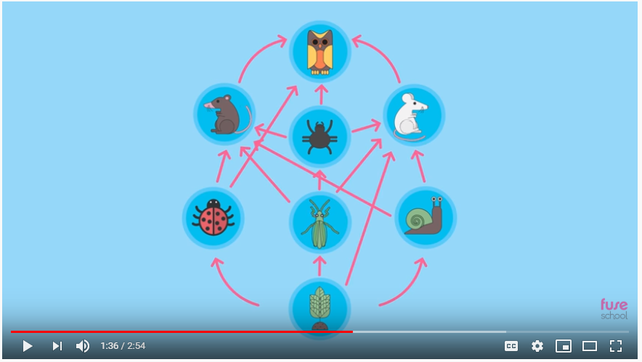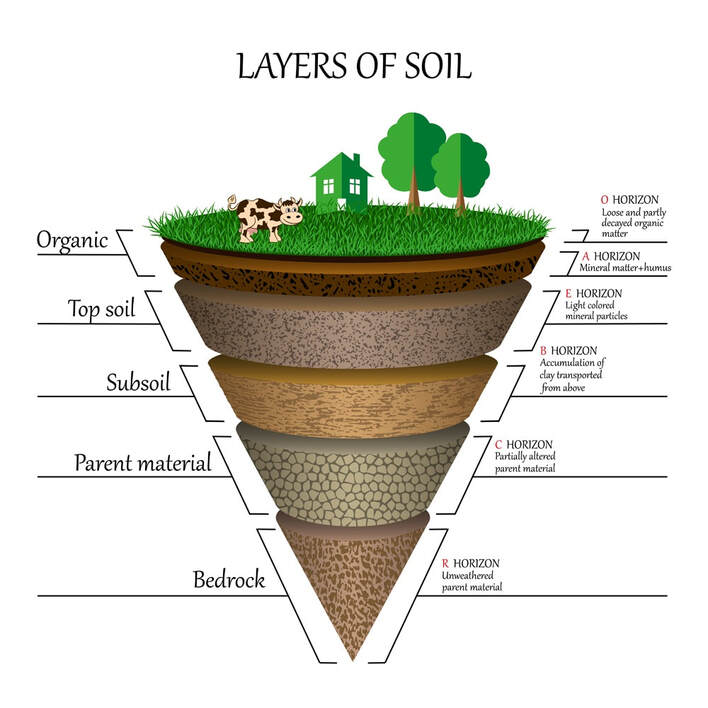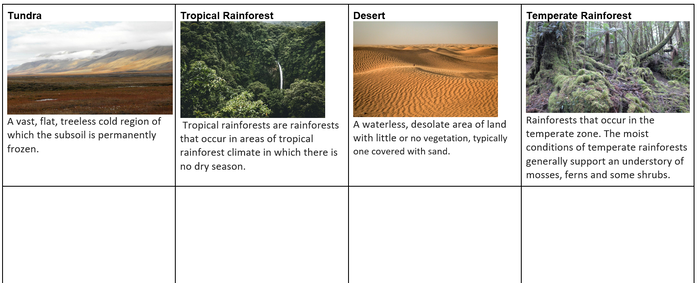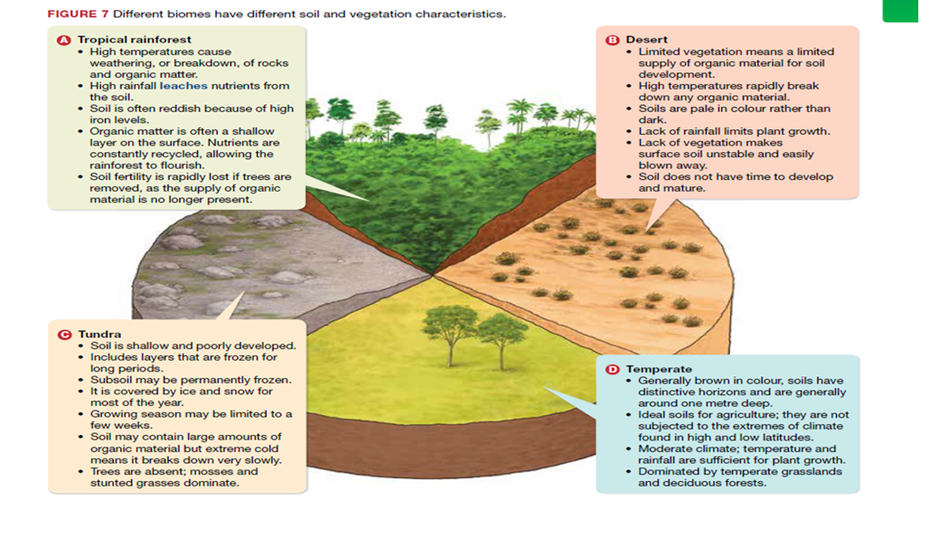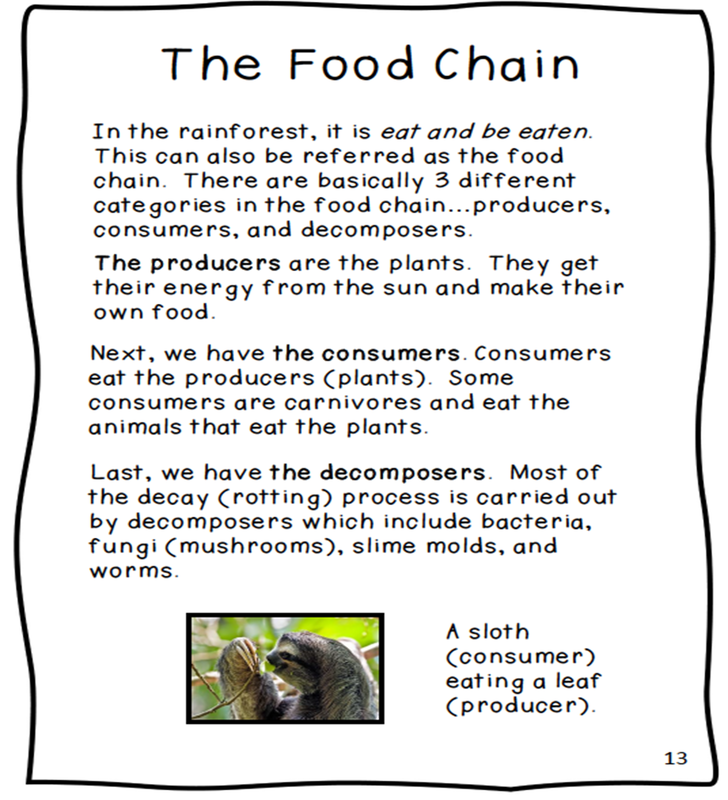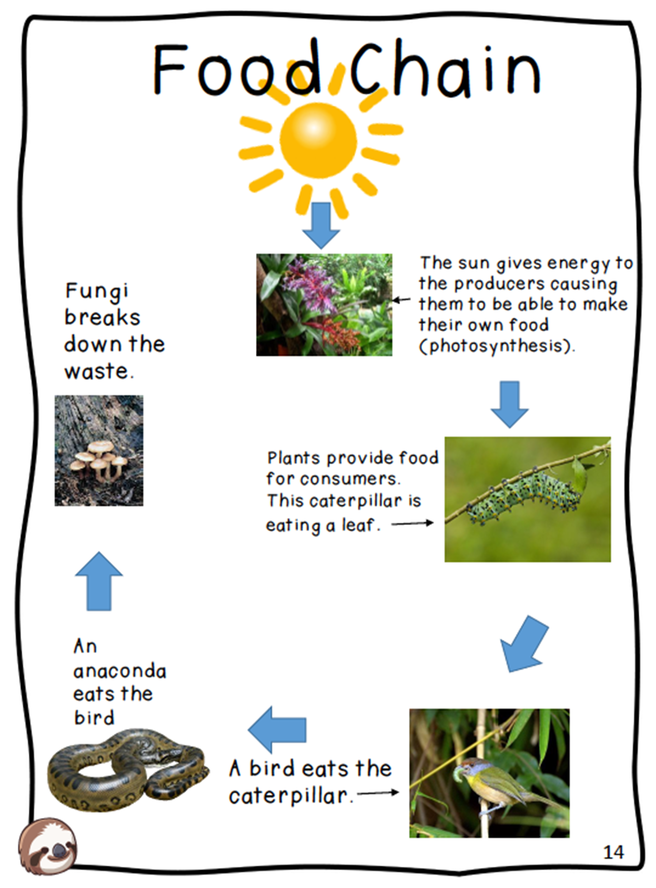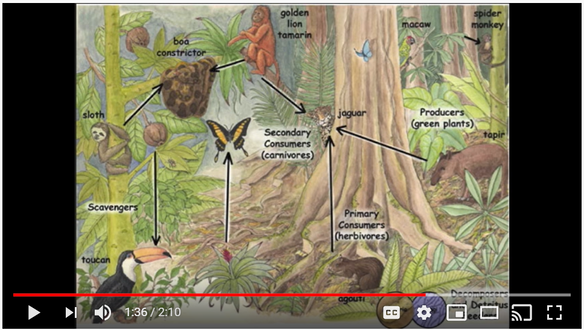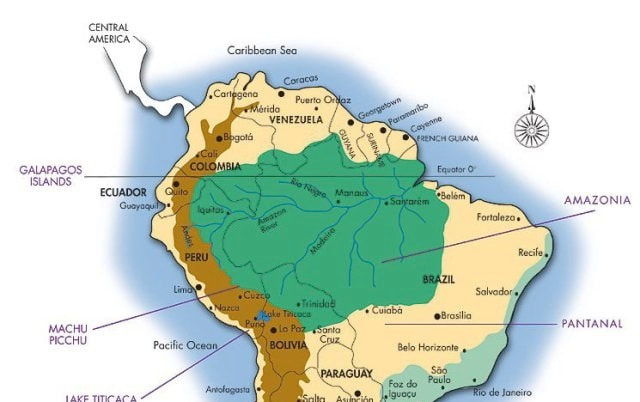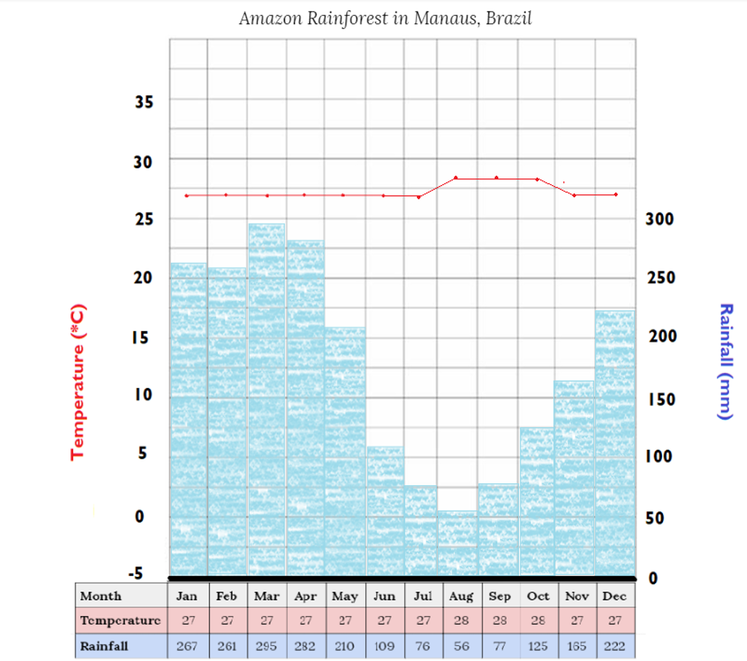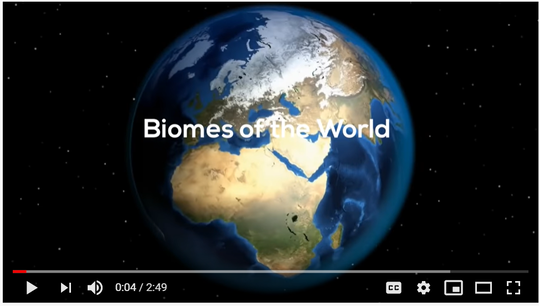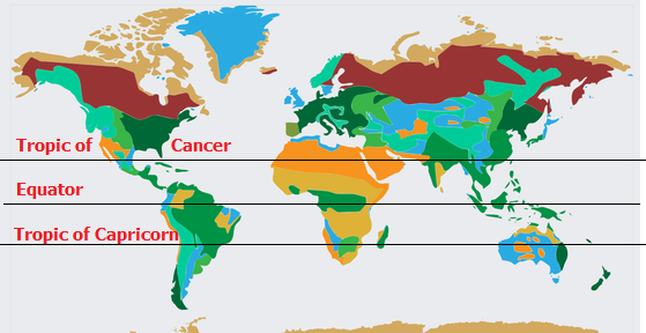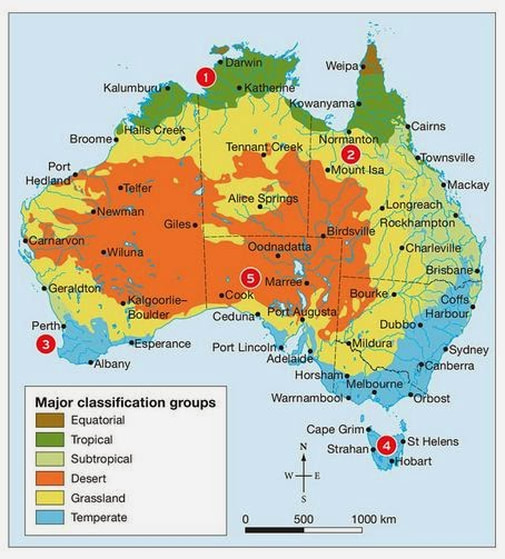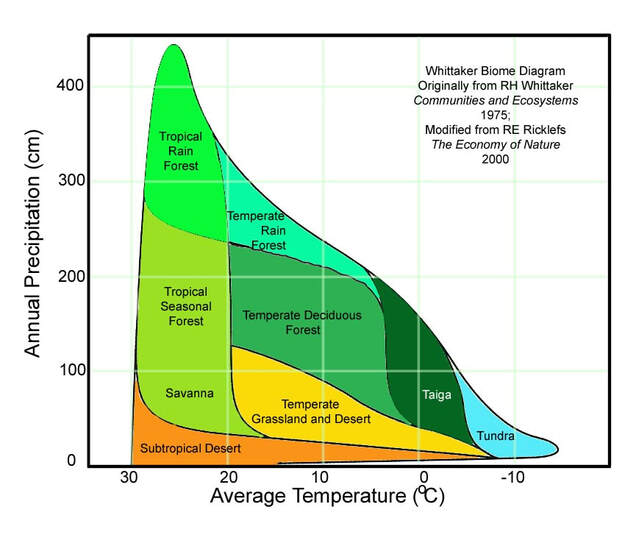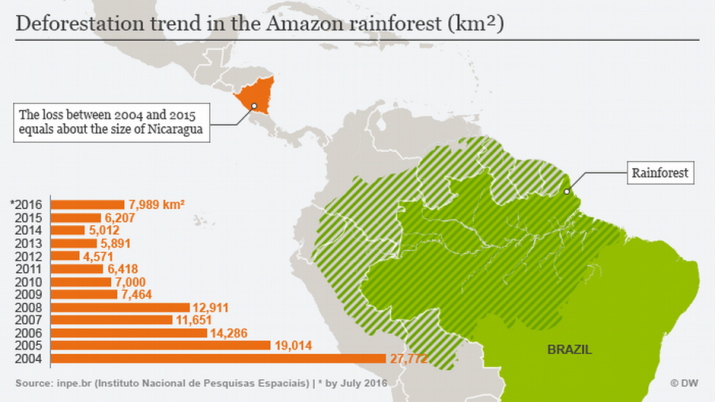Climate Change 26.03.2020
Learning intention:
Today we will...
-Understand the process and impact of Climate Change
- Analyse the impact of Climate change in regards to the process of creating wine.
- Learn about the significance of Bees to our survival and how they function within our environment.
Success Criteria:
To be successful in this lesson, I will…
- Explain the significance of climate change and its impact
- Detail the effects of climate change with particular food and drink industries
- Describe the importance of Bees and the pollination process and how human interaction needs to be modified to improve their chances of survival
Learning intention:
Today we will...
-Understand the process and impact of Climate Change
- Analyse the impact of Climate change in regards to the process of creating wine.
- Learn about the significance of Bees to our survival and how they function within our environment.
Success Criteria:
To be successful in this lesson, I will…
- Explain the significance of climate change and its impact
- Detail the effects of climate change with particular food and drink industries
- Describe the importance of Bees and the pollination process and how human interaction needs to be modified to improve their chances of survival
Plenary Activity: Open this Google Doc and record:
- 3 things you know about climate change
- 2 Questions you have about climate change and
- 1 Opinion you have about climate change
- 3 things you know about climate change
- 2 Questions you have about climate change and
- 1 Opinion you have about climate change
Revision
Watch: Understanding the Causes of Climate Change
Watch: Understanding the Causes of Climate Change
Watch: Weather vs. Climate
Answer: After watching the video above answer the questions in this pop quiz
Watch: Wine in a Changing Climate and answer the questions below
Answer: After watching the video above, record your answers in this Google Doc [Ensure to first make your own copy]
Read: A Brief History of Bees and complete the activity below
| a_brief_history_of_bees.pdf | |
| File Size: | 360 kb |
| File Type: | |
Activity: Record the main points of A Brief History of Bees in this Google Doc [Ensure to make your own copy first]
Watch: Why Are Bees So Important
Exit Slip: Record your answers here.
Challenges to Food Production 23.03.2020
Learning intention:
Today we will...
- Learn about the challenges of food production
- Interpret geographical data
- Examine how to structure a discussion piece
Success Criteria:
To be successful in this lesson, I will…
- Have interpreted different types of geographical data to determine the challenges to food production
- Have written a discussion piece on food challenges
- Complete the discussion piece scaffold
Learning intention:
Today we will...
- Learn about the challenges of food production
- Interpret geographical data
- Examine how to structure a discussion piece
Success Criteria:
To be successful in this lesson, I will…
- Have interpreted different types of geographical data to determine the challenges to food production
- Have written a discussion piece on food challenges
- Complete the discussion piece scaffold
Challenges to Food Production
|
- Drought
- Fires - Flood - Cyclones and storms - Civil unrest |
- Economic pressures
- Climate challenges - Land degradation - Urban sprawl - Epidemics |
Watch: The future of Sydney's food bowl
Food Production in the Sydney Basin
In 2011, the Sydney Basin produced half a million tonnes of food – enough food to feed 20% of its population, including 40% of its demand for eggs, 10% of vegetables, 38% dairy, 55% meat and 2% of fruit.
Urban sprawl = the spreading of urban developments (such as houses, schools shopping centres) on undeveloped land near a city.
Urban Sprawl scenario:
What if Sydney’s agriculture was not protected and the predicted population growth occurred in an unconstrained way?
Study the map below [Note LGA = local government areas]
How might increased urban sprawl in Campbelltown and surrounding areas affect food supply?
Urban sprawl = the spreading of urban developments (such as houses, schools shopping centres) on undeveloped land near a city.
Urban Sprawl scenario:
What if Sydney’s agriculture was not protected and the predicted population growth occurred in an unconstrained way?
Study the map below [Note LGA = local government areas]
How might increased urban sprawl in Campbelltown and surrounding areas affect food supply?
Examine: How to Write a Discussion Text
| how_to_write_a_discussion_text.pdf | |
| File Size: | 1319 kb |
| File Type: | |
Examine: Discussion Text Scaffold
| discussion_text_scaffold.pdf | |
| File Size: | 98 kb |
| File Type: | |
Stimuli Material: Food Production in Australia
| stimuli_food_production_in_australia.pdf | |
| File Size: | 575 kb |
| File Type: | |
Activity:
Using the stimuli material compose a written response:
Discuss the need for Australia to address the continuing urban sprawl and the competing land use within the country.
Using the stimuli material compose a written response:
Discuss the need for Australia to address the continuing urban sprawl and the competing land use within the country.
Food Production 19.03.2020
Learning intention:
Today we will...
- Learn about biomes producing food and food produced around the world
Success Criteria:
To be successful in this lesson, I will…
- understand and identify staple foods and their regions of production
- accurately complete the mapping activity
Food Production
Staple foods are those food groups that are eaten regularly and in large quantities that they make up a large portion of people’s diet. They are usually grown and produced locally.
Watch: Staples Food Groups
Sustainable Practices 16.03.2020
Learning intention:
Today we will...
- learn about sustainable practices around the world- examine crew component of their assessment task
Success Criteria:
To be successful in this lesson, I will…
- be able to discuss how a community is sustainable in a collaborative setting
- identify issue/chose a topic for assessment task and begin research
Sustainable Practices
Aboriginal Sustainable Practices PowerPoint
| aboriginal_sustainability.pptx | |
| File Size: | 861 kb |
| File Type: | pptx |
Possible Scientific Research Questions
Current Sustainability Issues Affecting Society
| human_impact_presentation_l15___greenhouse____biodiversity.pptx | |
| File Size: | 1052 kb |
| File Type: | pptx |
Activity
Students divide into classes
One class starts with the Biodiversity Minecraft activity
The other class starts with the Biodiversity Work Sheet
After 35 minutes we swap
Students divide into classes
One class starts with the Biodiversity Minecraft activity
The other class starts with the Biodiversity Work Sheet
After 35 minutes we swap
Minecraft Activity
The Minecraft creation will be completed in pairs, and each pair will need to screenshot their creation and show it to the teacher.
Create ONE Minecraft world of your choice:
1. A Minecraft world illustrating a terrestrial or aquatic ecosystem was disrupted due to an extinction
2. A Minecraft world illustrating the effects of a hypothetical extinction of a particular species in our local community.
The Minecraft creation will be completed in pairs, and each pair will need to screenshot their creation and show it to the teacher.
Create ONE Minecraft world of your choice:
1. A Minecraft world illustrating a terrestrial or aquatic ecosystem was disrupted due to an extinction
2. A Minecraft world illustrating the effects of a hypothetical extinction of a particular species in our local community.
Ozone Depletion & Water Management
Watch: What is the Ozone Layer?
Watch: Why don't we hear about the Ozone Layer any more?
Watch: Where we get our fresh water
Watch: Water facts and statistics
Waste management
| lesson_16__waste_management___plastics_ppt.pptx | |
| File Size: | 1622 kb |
| File Type: | pptx |
Watch: 'Great Pacific Garbage Patch'
Watch: Recycling Milk Jugs into Fencing
Watch: War on Waste
Watch: How Long Trash Takes To Decompose
Activity: How long does it take things to biodegrade?
Activity: Sort your rubbish
Watch: The Majestic Plastic Bag
Watch: How Humans are Turning the World into Plastic
Alternatives to plastic
Biomes can be changed, modified or adapted
Why might humans change environments?
A. For food production in agriculture, for building cities/houses/factories, for tourism
Definitions:
Agriculture - The Cultivation of soil, growing crops and raising livestock
Yield - The amount produced from agriculture of from an industrial product
A. For food production in agriculture, for building cities/houses/factories, for tourism
Definitions:
Agriculture - The Cultivation of soil, growing crops and raising livestock
Yield - The amount produced from agriculture of from an industrial product
Activity: Read the information on the 2.6 worksheet and complete the activities on the second worksheet: The Grassland Biome
Watch: All About Australian Rice
Activity: Complete the worksheet: All about Australian Rice
Exit Slip
Food Chains and webs
Watch: Food Chains and Food Webs
| lesson_10a_food_chains_presentation.pptx | |
| File Size: | 4597 kb |
| File Type: | pptx |
Soils in Biomes
Soil plays an important role in determining which plants and animals inhabit particular biomes.
Soils not only vary around the world but also within regions. The characteristics of soil can be determined by:
Soil is typically made up of a number of different layers. These are (in no particular order): Subsoil, Organic matter, Parent material, Topsoil, Bedrock
Do the Prediction Activity
Soils not only vary around the world but also within regions. The characteristics of soil can be determined by:
- temperature
- rainfall
- rocks and minerals that make up the bedrock.
Soil is typically made up of a number of different layers. These are (in no particular order): Subsoil, Organic matter, Parent material, Topsoil, Bedrock
Do the Prediction Activity
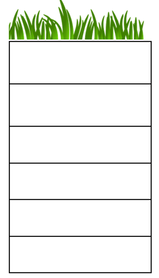
Definitions
- Bedrock - underlying layer of weathered rock.
- Organic matter - a thin layer of decomposing matter, that has not started to decompose, such as leaf matter
- Subsoil - Plant matter is not present in this layer, as a result the soil is lighter in colour and contains more minerals than the layer above.
- Topsoil - the upper layer of soil nearest the surface. Rich in nutrients to support plant growth and usually dark in colours. Most plant roots are found here
- Parent material - weathered rock that has not broken down enough to be soil. Nutrients from another layer can be found here and it can also have high mineral content depending on underlying bedrock.
With this new information in mind, now make a 2nd prediction...
Predict the order of soil layers in the table below
Overview of the biomes :
Tundra - a vast, flat, treeless Arctic region of Europe, Asia, and North America in which the subsoil is permanently frozen.
Tropical rainforest - Tropical rainforests are rainforests that occur in areas of tropical rainforest climate in which there is no dry season and may also be referred to as evergreen rainforest
Temperate rainforest - Temperate rainforests occur in the temperate zone. The moist conditions of temperate rainforests generally support an understory of mosses, ferns and some shrubs.
Desert - a waterless, desolate area of land with little or no vegetation, typically one covered with sand.
Tundra - a vast, flat, treeless Arctic region of Europe, Asia, and North America in which the subsoil is permanently frozen.
Tropical rainforest - Tropical rainforests are rainforests that occur in areas of tropical rainforest climate in which there is no dry season and may also be referred to as evergreen rainforest
Temperate rainforest - Temperate rainforests occur in the temperate zone. The moist conditions of temperate rainforests generally support an understory of mosses, ferns and some shrubs.
Desert - a waterless, desolate area of land with little or no vegetation, typically one covered with sand.
Activity: Match the soil characteristics to the Biome
Lesson 5/6 Plan: Food produced from the Amazon Rainforest (HSIE)
| food_in_the_amazon_rainforest.pptx | |
| File Size: | 6628 kb |
| File Type: | pptx |
Tropical Rainforest Food Web
Food Chains Quiz
Map Showing Amazon Rainforest
Amazon Map and Climate Worksheet
Activity
Students will work in groups with others on their table to brainstorm some of the ways we can encourage people to buy ‘bruised’ fruits, as opposed to always wanting the ‘pretty’ ones, so as not to be so wasteful. They are to write these ideas down on the Brainstorming Crew Worksheet.
Students will work in groups with others on their table to brainstorm some of the ways we can encourage people to buy ‘bruised’ fruits, as opposed to always wanting the ‘pretty’ ones, so as not to be so wasteful. They are to write these ideas down on the Brainstorming Crew Worksheet.
Lesson 4: Biomes and Ecosystem
Key Terms
What is a biome?
A biome is a community of plants and animals that are defined geographically and climatically.
What does sustainability mean?
Sustainability focuses on meeting the needs of the present without compromising the ability of future generations to meet their needs.
What is a biome?
A biome is a community of plants and animals that are defined geographically and climatically.
What does sustainability mean?
Sustainability focuses on meeting the needs of the present without compromising the ability of future generations to meet their needs.
Watch: List Major Biomes
Interactive Map of Terrestrial Biomes
Australia's Biomes
Whittaker Biome Diagram
Deforestation of the Amazon
| lesson_4_biomes_and_case_study.pdf | |
| File Size: | 1476 kb |
| File Type: | |

